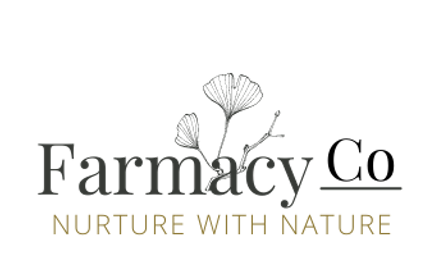FEEL GOOD TEA

Congratulations on making the choice to Grow your health with our Garden Apothecary Feel Good Tea.
In this pack you’ll find 5 different herb varieties to grow in your garden or on your balcony and Amethyst crystals to add a little extra magic to your plants.
Lets start with each herb and how to grow them, what they look like and how to harvest, then we’ll move onto some recipes to get the most benefit from your medicinal herbs.
Grow
LEMON BALM
| Method: | Raise seedlings |
| Sowing Depth: | 3mm |
| When: | Spring |
| Germination: | 7-14 days @ 19-21°C |
| Hardiness / Life Cycle: | Hardy Perennial |
| Plant Spacing: | 50cm |
| Plant Height: | 50cm |
| Position: | Part or full sun, moist well drained soil |
| Days to Maturity/Flowering: | 60-70 days |
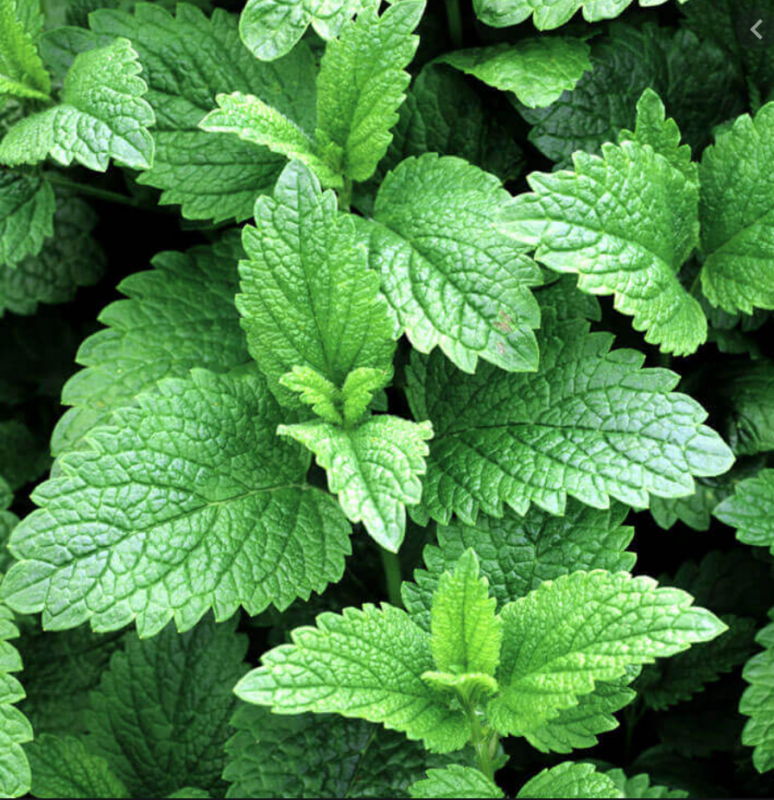
Harvesting the plants should be done in the morning before the heat of the day. For the most potency, harvest leaves before flowering. Leave some of the plants to flower for the bees, and after flowering, cut back up to two thirds of the plant to encourage bushier and sturdier plants. Harvesting the plants at different times means you will have new, fresh growth to pick all season long. You can use lemon balm fresh from the garden or dry it for use throughout the year. To dry it, strip the leaves from the stems. Lay them on a drying screen out of direct sunlight until crispy. Store the leaves in airtight containers until you are ready to use them.
Use
f you are feeling stress, then go out and pick some fresh leaves and breathe in the fresh aroma, or make yourself a cup of tea. When it comes to stress, Melissa is a must-have. It’s useful for soothing the exhausted and overwhelmed soul which is far too common these days. It can help to calm the nervous system, ease headaches, lower anxiety, quiet nervous tension, and send you off to a dreamy night’s sleep.
It’s also very calming for your belly and us often used for digestive upset and cramps. It helps to improve digestion by stimulating the liver.
Lemon balm’s antiviral properties make it my go to for common colds and cold sores. Its ability to counteract infections while simultaneously soothing anxiety is perfect for the winter months.

CHAMOMILE
| Method: | Sow direct or raise seedlings |
| Sowing Depth: | 1mm |
| When: | Spring and autumn |
| Germination: | 7-14 days @ 20-30°C |
| Hardiness / Life Cycle: | Hardy Annual |
| Plant Spacing: | 30cm |
| Plant Height: | 50cm |
| Position: | Full sun, well drained soil |
| Days to Maturity/Flowering: | 65 days |
Dry flowers and store in air tight container.
A warm cup of chamomile tea at bedtime can do wonders for your evening wind down routine since chamomile is known for it’s calming affect on the nervous system. Additionally, a warm liquid before bed can make you sleepy by raising body temperature.
PEPPERMINT
| Method: | Raise seedlings |
| Sowing Depth: | 1mm |
| When: | Spring and autumn |
| Germination: | 10-14 days @ 13-18°C |
| Hardiness / Life Cycle: | Hardy Perennial |
| Plant Spacing: | 30cm |
| Plant Height: | 50cm |
| Position: | Part or full sun, moist soil |
| Days to Maturity/Flowering: | 85-95 days |
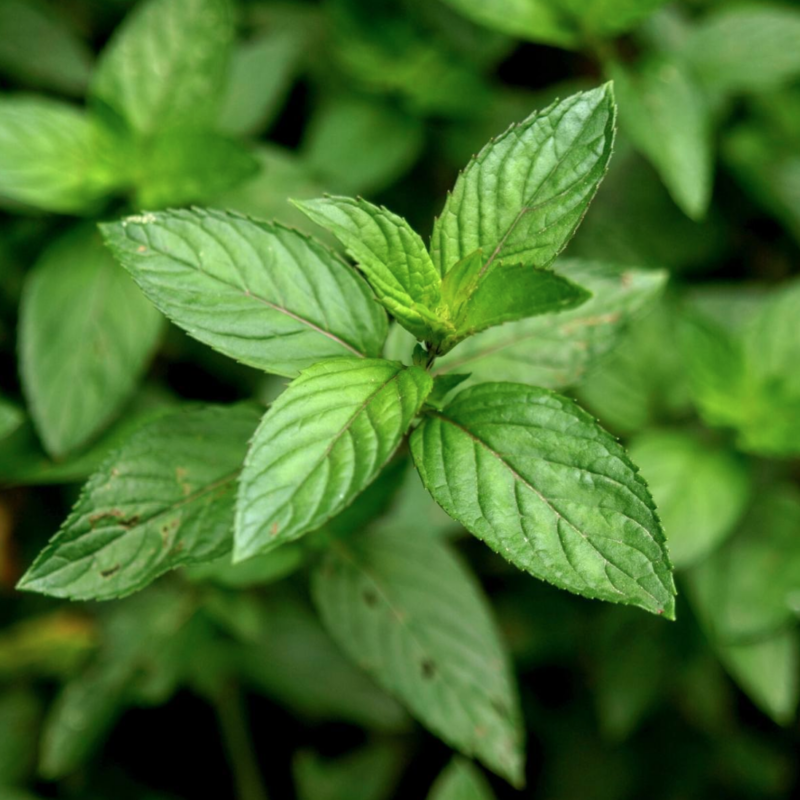
Leaves have best flavour before the plant flowers. Can be invasive. Can be grown in containers. Does best in part shade. Pick leaves as required.
Peppermint can consist of fresh or dry leaves for use in food or as a tea. Peppermint essential oil is used in tinctures, chest rubs, and creams.
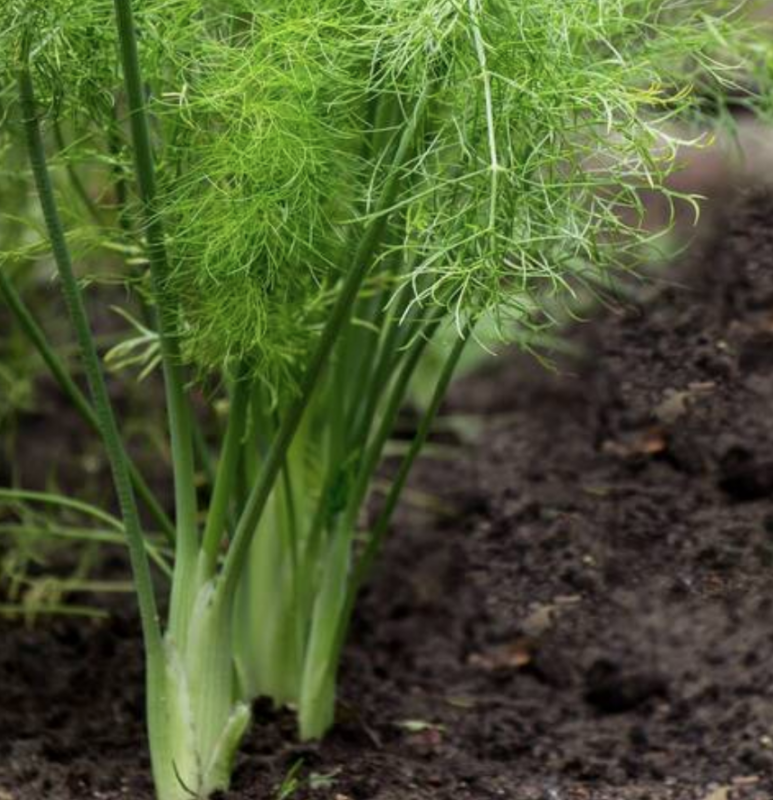
FENNEL
| Method: | Sow direct |
| Sowing Depth: | 8mm |
| When: | Spring and early summer |
| Germination: | 7-14 days @ 10-30°C |
| Hardiness / Life Cycle: | Hardy Biennial (usually grown as an annual) |
| Row Spacing: | 60cm |
| Plant Spacing: | 45cm |
| Plant Height: | 120cm |
| Position: | Full sun, moist well drained soil |
| Days to Maturity/Flowering: | 80-90 days |
Parts Used:The seeds are used as medicine. The bulb and leaves are used for culinary purposes.
fennel seed is an effective aid to digestion. It can help the smooth muscles of the gastrointestinal system relax and reduce gas, bloating, and stomach cramps.
In fact, tinctures or teas made from fennel seeds can be used to treat stomach muscle spasms caused by irritable bowel syndrome, ulcerative colitis, Crohn’s disease, and other conditions affecting the gastrointestinal system.
VALERIAN
| Method: | Raise seedlings |
| Sowing Depth: | 4mm |
| When: | Spring and summer |
| Germination: | 7-14 days @ 18-22°C |
| Hardiness / Life Cycle: | Hardy Perennial |
| Plant Spacing: | 60cm |
| Plant Height: | 120cm |
| Position: | Part or full sun, moist soil |
| Days to Maturity/Flowering: | 110 days flower (500 days root harvest) |
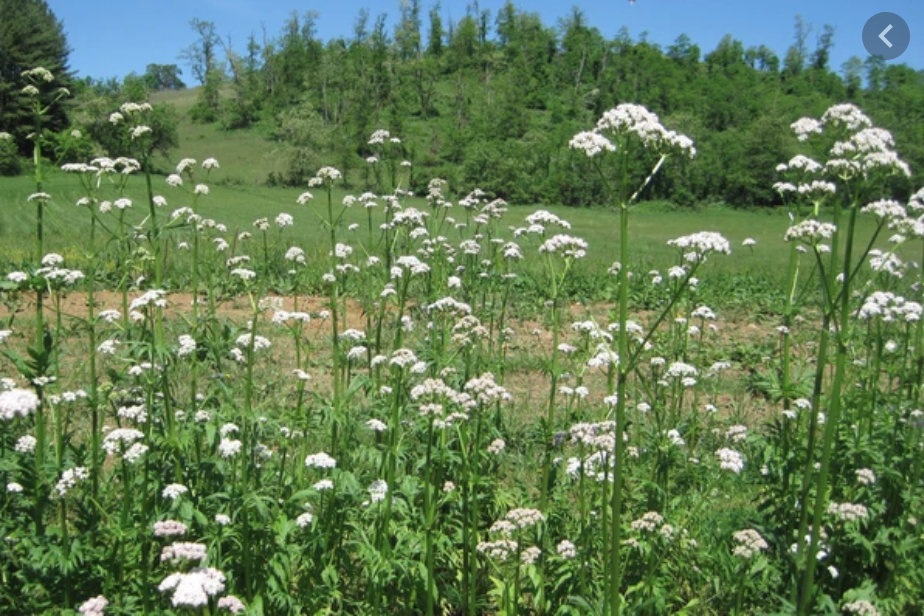
You can use all parts of Valerian plant, the flowers for picking and put in a vase or dry for smudge sticks, leaves used fresh or dry for tea and the roots for medicine. Wait a full year before starting to harvest roots and leaves for medicinal use. Harvest mature root systems in the Autumn for drying. Allow the plant to go a few days without water before you harvest so that the natural compounds are more potent.
HARVEST
LEMON BALM
Part Used – Leaves
How – Harvesting the plants should be done in the morning before the heat of the day. For the most potency, harvest leaves before flowering. Leave some of the plants to flower for the bees, and after flowering, cut back up to two thirds of the plant to encourage bushier and sturdier plants. Drying is the only way to preserve the quality and flavour of lemon balm for long-term storage, though.
CHAMOMILE
Part Used – Flower Heads
How – Flower heads are ready to gather when the petals are flat or begin to fall back from the centre. Gather the flowers on a sunny day after the morning dew has dried. Harvest blossoms by snipping them off when they are fully open. Once the flowers are thoroughly dried and cooled, store in a sealed glass jar until next year’s chamomile harvest.
PEPPERMINT
Parts Used – Leaves
How – Harvest mint leaves at any size by pinching off stems. For a large harvest, wait until just before the plant blooms, when the flavour is most intense, then cut the whole plant to just above the first or second set of leaves. In the process, you will remove the yellowing lower leaves and promote bushier growth.
FENNEL
Part Used – Seeds
How – fennel seeds can be harvested once the flowers have begun to dry out and turn brown, but before the seeds begin to drop off the plant. Clip off entire flower stalks and put them, seed-side down, into a paper or cloth bag. Hang the bag in a cool, dry location for a couple of weeks until the seed-heads dry out completely. The seeds can then be fully removed by shaking the stalks inside the bag or by rubbing the seeds from the stalks over a cloth. Leave any dirt or bits of dried flowers that remain. If the seeds don’t seem completely dried out, lay them out in a single layer on a cloth for a few days or put them in a dehydrator set on low for a few hours. The seeds can then be stored in an airtight jar for up to one year.
VALERIAN
Part Used – The roots and rhizome are the most common used parts of the plant. The root is good at treating nervous tension, especially anxiety and insomnia. The root also strengthens the heart and can sometimes reduce high blood pressure. It encourages healing in wounds and ulcers and is effective topically for muscle cramps.
How – I like to harvest valerian on warm Autumn day, after the first frost. The parts used include the root and the rhizomes. Dig plants that are at least two years old in the spring or fall. Be careful not to damage the roots as you dig. Cut up roots into small 3 – 5 cm pieces and dry in sun or shade.
USE
To make your feel good tea, take all of the herbs grown in this pack.
INGREDIENTS
1 tsp Dried Lemon Balm leaves
1tsp Dried Chamomile leaves
1 tsp Dried Peppermint leaves
1/2 tsp Fennel Seeds
1/2 tsp Valerian root
METHOD
- Boil the kettle and combine the valerian root and Lemon balm and peppermint leaves with the chamomile flowers and fennel seeds in a mug or tea pot
- Fill with boiling water and leave the herbs to steep for 5 minutes.
- Strain and compost the herbs, then transfer the resulting liquid into a cup to drink.
